The Basics: How Do Data Cables Work?
In an increasingly connected world, data cables are the unseen heroes keeping our homes and businesses running smoothly. These cables are essential to modern communication, from streaming your favourite TV show to powering an entire office network. But how do data cables work, and what makes them so crucial to our everyday lives?
Whether you’re upgrading your internet setup, troubleshooting a slow connection, or simply curious about the technology behind it all, this guide will explain it clearly. We’ll explain how data cables work, explore different types, and show why professional installation is the smartest choice.

What Are Data Cables and Why Do They Matter?
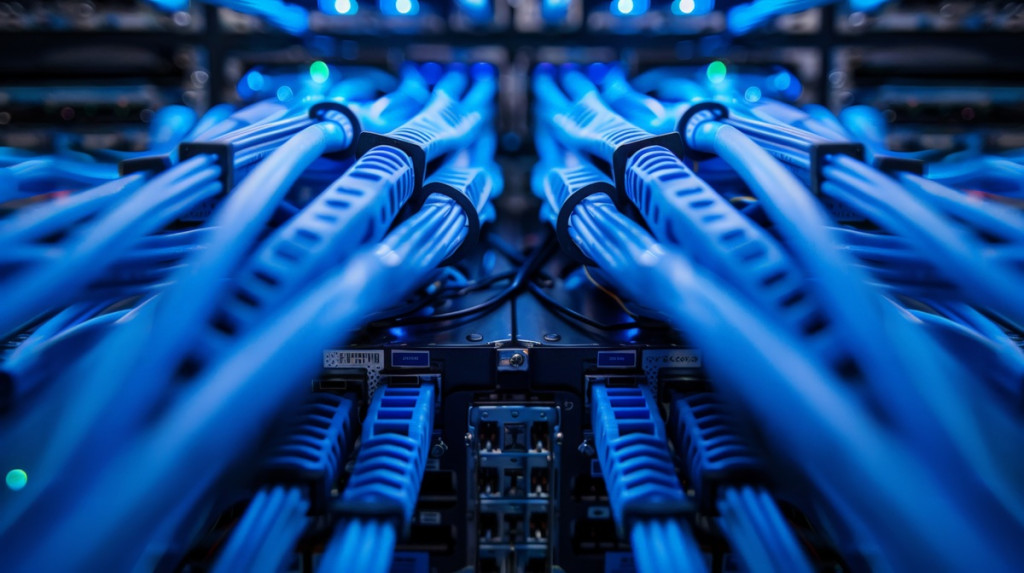
At their core, data cables transfer information from one device to another. Unlike power cables, which deliver electricity, data cables carry digital signals, enabling everything from internet access to file transfers.
Without these cables, the Internet would not function, businesses would not be able to run their networks, and even simple tasks like printing a document or watching a movie online would not be possible. Understanding how they work can help you choose the right setup for your home or office.
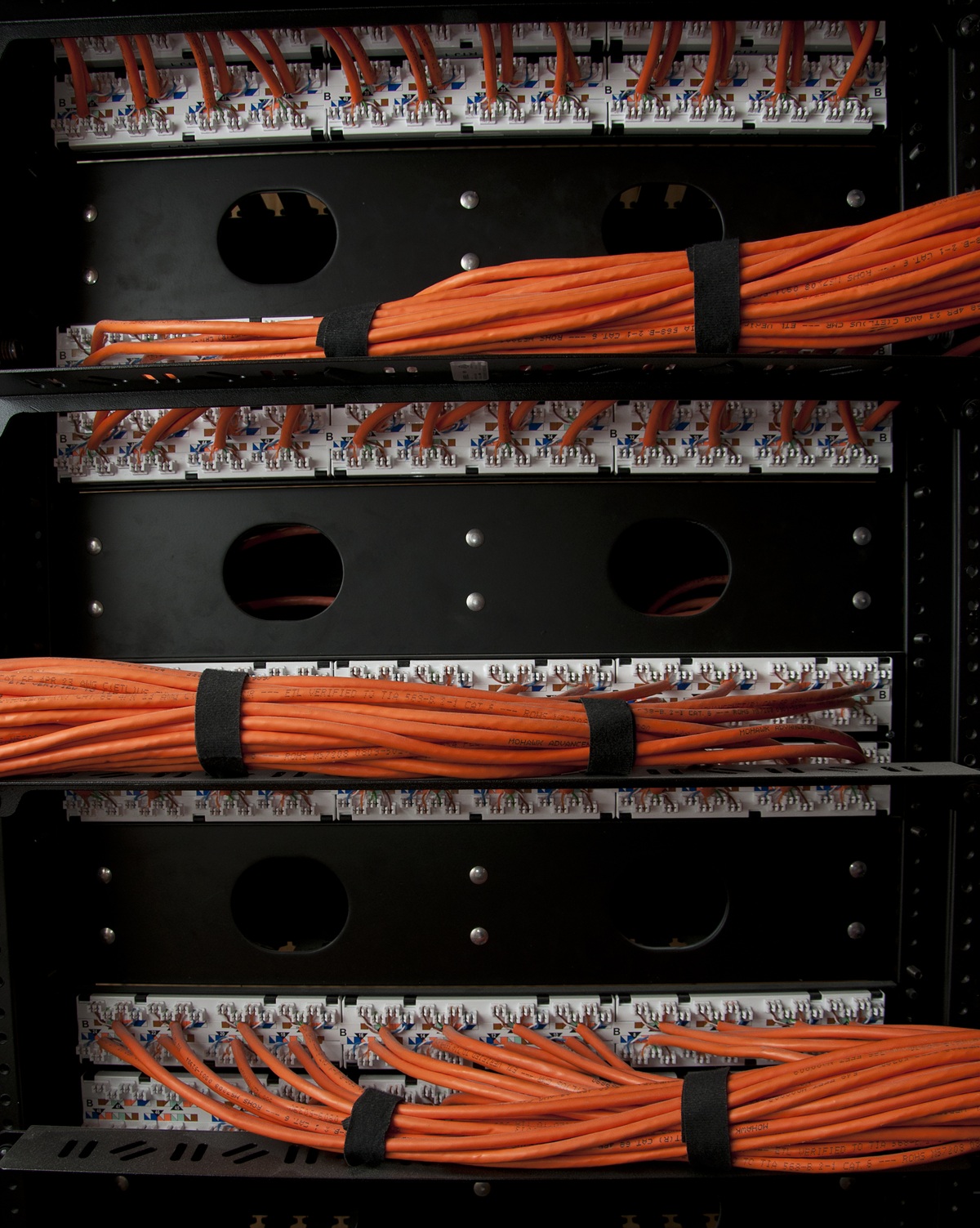
How Do Data Cables Work?
A data cable works differently depending on its type.
Traditional copper-based cables, like Ethernet and coaxial cables, transmit data using electrical signals. Inside these cables, conductive materials (typically copper) carry the signal from one end to the other. The quality of the cable, the length of the connection, and potential interference from nearby electronics all affect how well the data moves through the cable.
Fibre optic cables work differently. Instead of electrical signals, they use pulses of light to transmit information at incredibly high speeds. These cables contain ultra-thin strands of glass or plastic that allow data to travel long distances with minimal loss. Since fibre optics resist electromagnetic interference, they’re a popular choice for high-speed internet and large networks.
While both types serve the same purpose—transferring data—the method of transmission and the performance they offer can vary greatly.
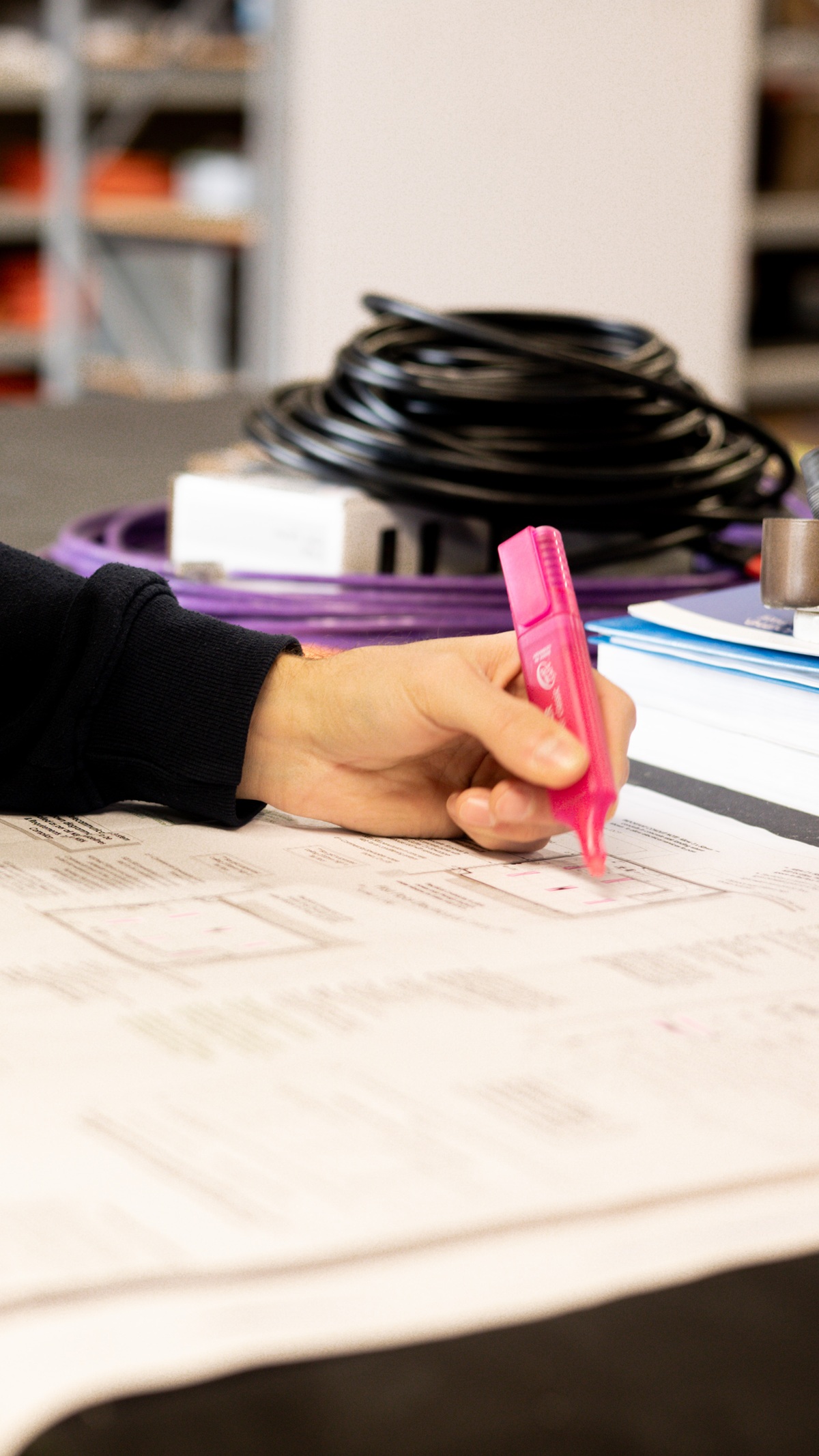
Types of Data Cables and Their Uses
Not all data cables are created equal. The type of cable you choose can impact your internet speed, reliability, and overall network performance.
Ethernet Cables
Ethernet cables are the most common choice for wired internet connections. Used in homes, offices, and commercial settings, they’re available in several categories:
- Cat5e – A budget-friendly option that supports speeds up to 1 Gbps.
- Cat6 – Provides better shielding and supports up to 10 Gbps over short distances.
- Cat6a, Cat7, and Cat8 – Designed for ultra-fast speeds, making them ideal for high-performance networks.
Fibre Optic Cables
Fibre optic cables are the gold standard for speed and reliability. Unlike copper cables, they’re immune to electromagnetic interference and can transmit data over much greater distances without degradation. People often use them for high-speed internet, large business networks, and telecommunications systems.
Coaxial Cables
Most commonly used for broadband internet and television services, coaxial cables are known for their durability and ability to carry data over long distances. While not as fast as fibre optics, they remain a key player in modern networking.
Other Common Data Cables
USB cables connect devices like printers and external hard drives, while HDMI cables transfer high-quality video and audio signals between TVs, monitors, and gaming consoles. Though not used for networking, they still play an essential role in data transmission.
Choosing the right cable depends on your specific needs, whether it’s faster internet, a stronger connection, or support for high-bandwidth applications.
What Affects Data Transmission?
Even the best cables won’t work well if you don’t consider a few key factors. Cable type, length, and interference from other electronic devices directly affect signal quality.
Longer cables can lead to signal degradation, especially in copper-based systems. This is why Ethernet cables, for example, have a maximum effective length before performance drops. Fibre optic cables, on the other hand, can carry data over much longer distances without losing speed or quality.
Interference is another consideration. Devices like microwaves, power cables, and other electronics can disrupt signals in unshielded cables. That’s why higher-end Ethernet cables come with additional shielding to reduce interference and maintain performance.
By choosing high-quality cables and ensuring proper installation, you can maximise the efficiency of your network.
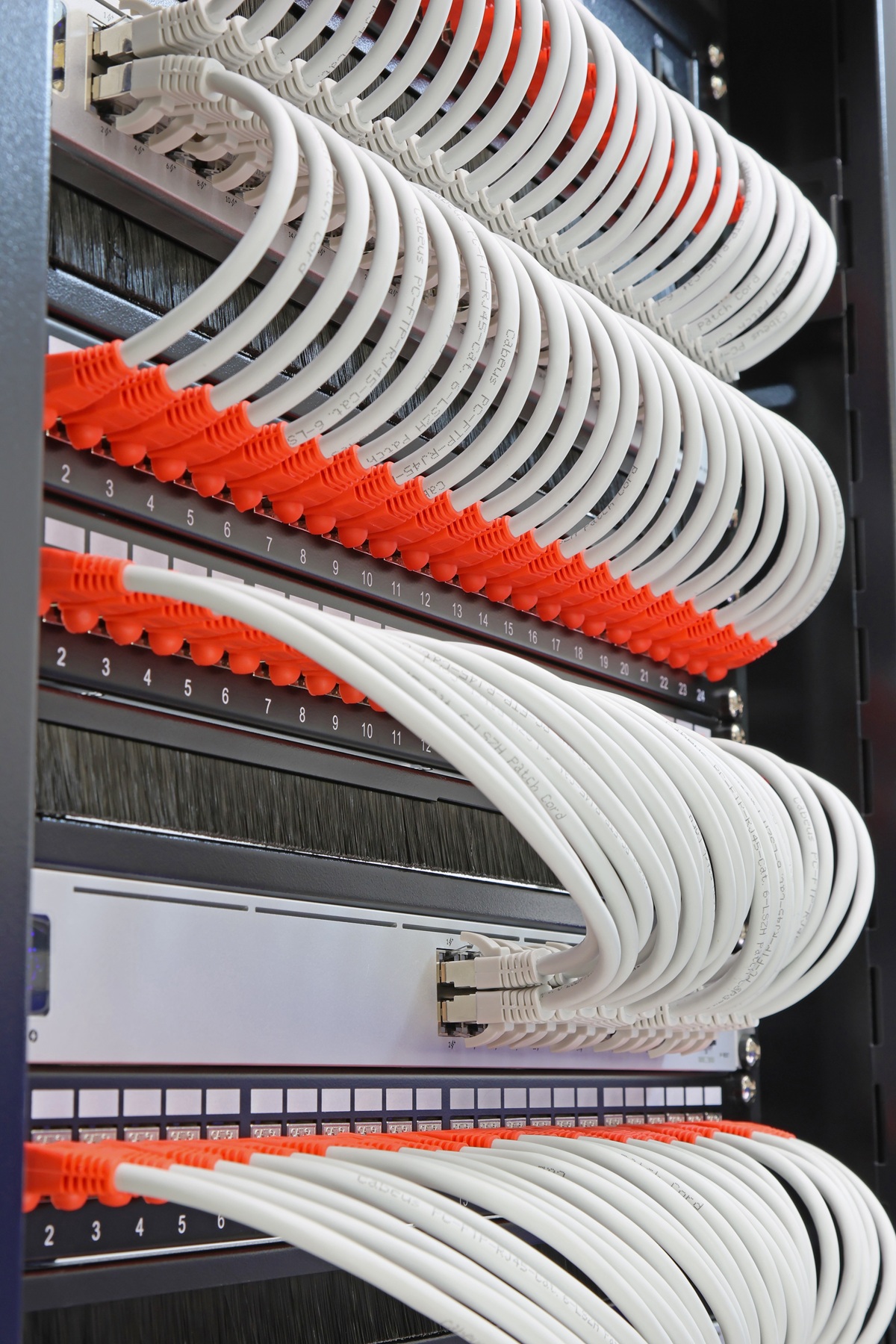
Should You Install Data Cables Yourself?
It’s tempting to take a DIY approach when setting up data cables, especially for small projects. However, without the right knowledge and tools, improper electrical installation can lead to slow speeds, dropped connections, and costly mistakes.
Installing cables correctly requires more than just plugging things in. Factors like cable routing, termination, and compliance with Australian cabling standards (AS/CA S009:2020) all play a role in ensuring a reliable network. Poorly installed cables not only have a lower performance but also create safety risks when not handled properly.
A professional electrician, like any of our team at PWA Electrical Services, or data cabling specialist will ensure:
- Cables are installed efficiently and neatly, reducing clutter and potential damage.
- Proper termination and testing to prevent connection issues.
- Compliance with Australian safety regulations, ensuring long-term reliability.
For businesses or anyone setting up a high-performance network, professional installation is a smart investment.
Get Reliable Data Cabling with PWA Electrical Services
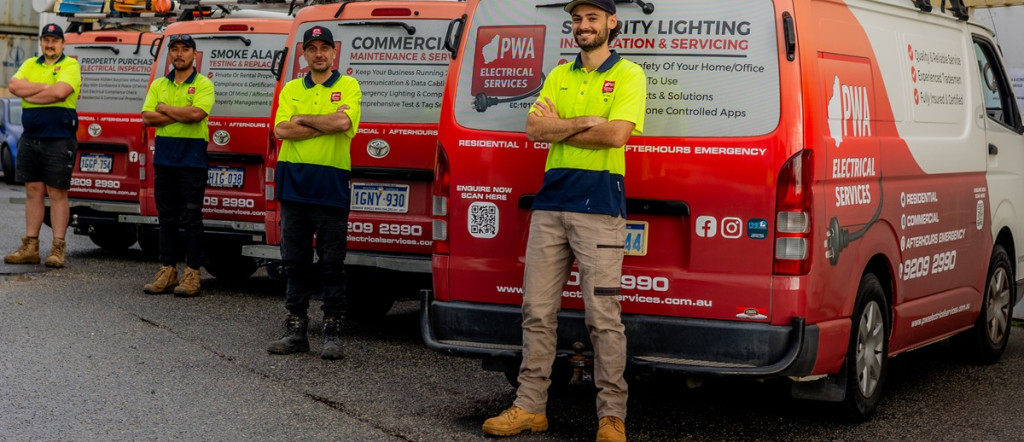
Now that you know how data cables work, the next step is ensuring you have the right setup for your home or business. Choosing the right cables is important, but so is having them installed correctly.
At PWA Electrical Services, we specialise in professional data cabling solutions that ensure fast, reliable, and future-proof connectivity. Whether you need a new installation, an upgrade, or troubleshooting, our team of licensed electricians will handle everything with precision and care.
Contact us today for expert advice and professional installation—because staying connected starts with the right foundation!